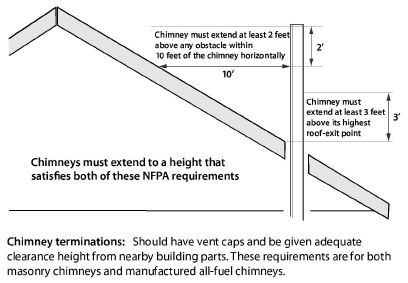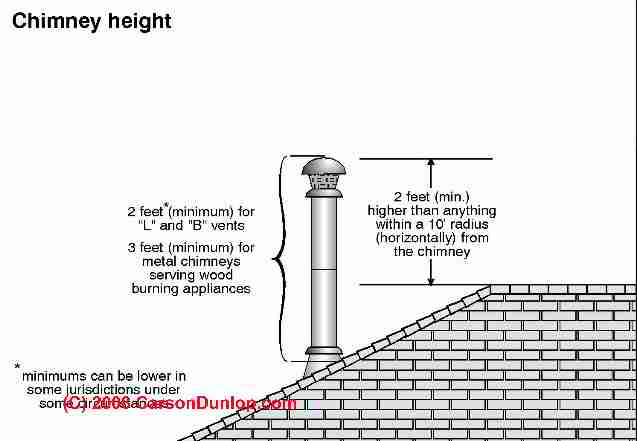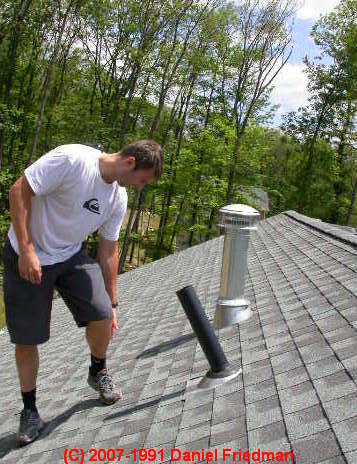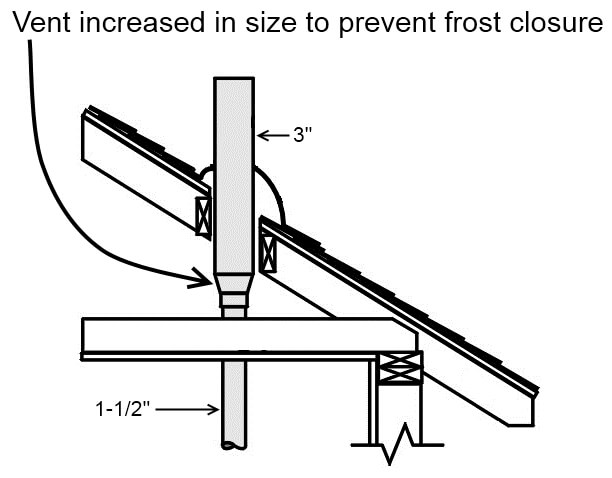Supreme Plumbing Vent Stack Height Above Roof

Vent pipes shall terminate not less than 6 inches above the roof measured from the highest point where the vent intersects the roof.
Plumbing vent stack height above roof. 1244 Location of Vent Terminal. However no water runs through the plumbing vent pipe. Id maybe try to tie that existing 2 vent into your new 3.
Extension of vent pipes through a roof shall be terminated not less than 12 inches above it. It extends downward to the sewer and upward through the roof terminating in a pipe that typically extends one or two feet above the roof line. A secondary stack perhaps 2 or 3 inches in diameter serves a branch of the system.
All connection between a vent pipe and a vent stack or stack-vent shall be made at least six inches above the flood-level rim of the highest fixture served by the vent. The centerpiece of a DWV system is the main stack usually a pipe 3 or 4 inches in diameter that runs straight up through the roof. Vent pipes should extend to outdoors above the building roof and should terminate vertically not less than 6 above the roof surface nor more than 24 and must be at least 12 from any vertical surface such as a nearby sidewall.
It is a vertical pipe attached to a drain line and runs through the roof of your home. A connection between a vent pipe and a vent stack or stack vent shall be made at least 6 inches 152 mm above the flood level rim of the highest fixture served by the vent. Its common practice in many states to reduce the soil stack to 2 inches and extend that 2-inch pipe through the roof.
Horizontal vent pipes forming branch vents relief vents or loop vents shall be at least 6 inches 152 mm above the flood level rim. A connection between a vent pipe and a vent stack or stack vent shall be made at not less than 6 inches 152 mm above the flood level rim of the highest fixture served by the vent. UPC i 9061 and 9062.
How far can a plumbing vent run horizontal. Its 6 inches in many states but especially in northern states like Minnesota its 12 inches. Terminating these pipes above the roof ensures any vapours that potentially come up through the drains from the sewer will harmlessly be released outside rather than penetrate our indoor air.












